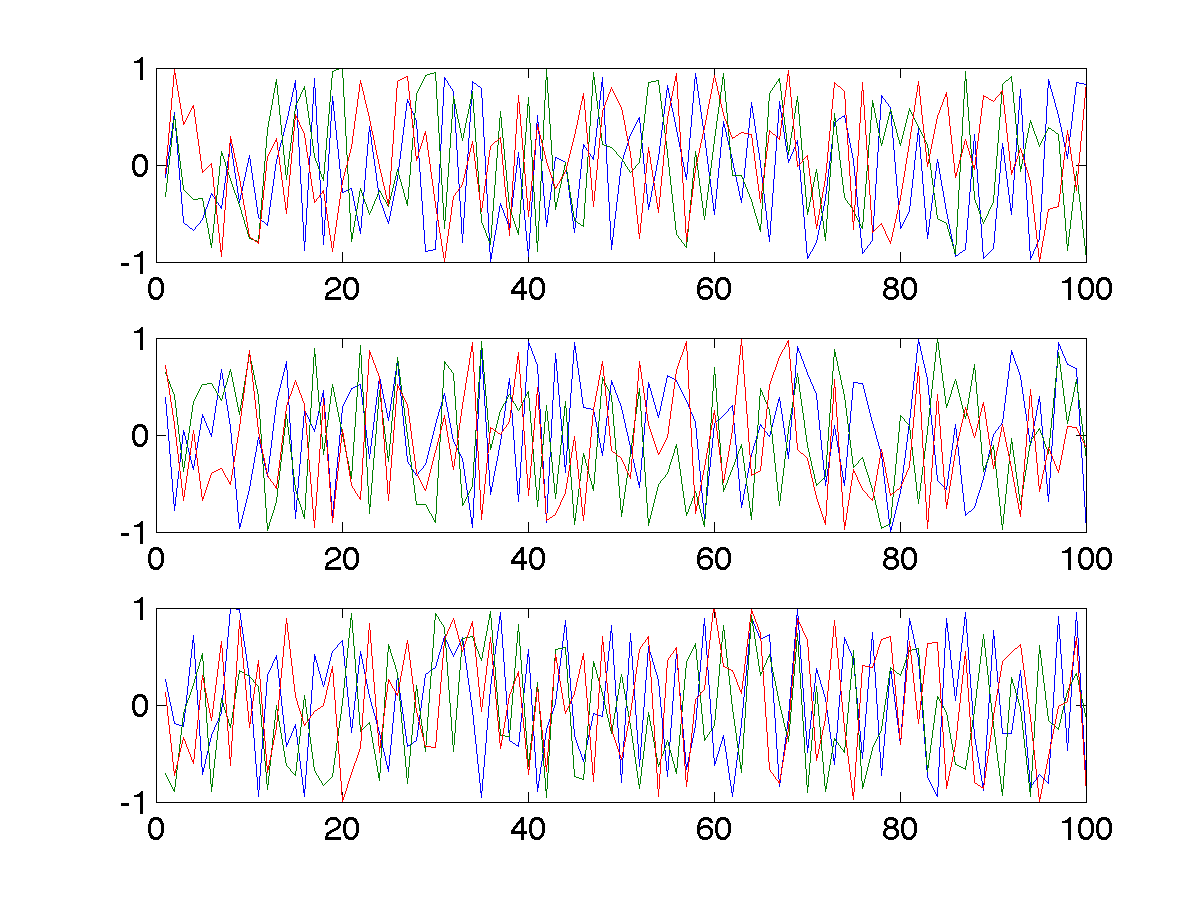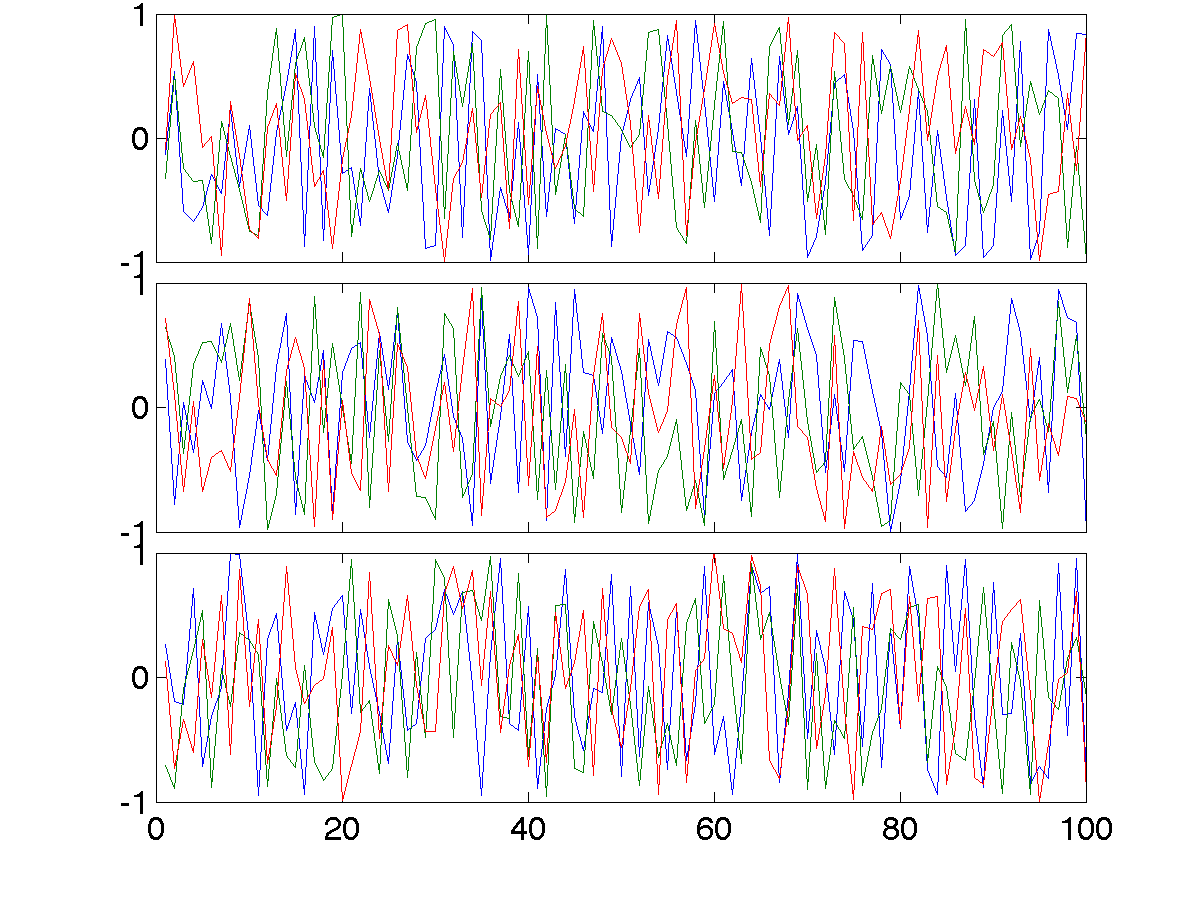GMT pen attributes
February 26, 2015 at 04:17 AM | categories: gmt | View Comments
A lot of GMT programs have flags with "pen" attributes. It is not very easy to find in the man pages or the pdf documentation what is a pen. So…
A pen is a comma separated triple parameter :
width,color,style
where :
- width = faint default thinnest thinner thin thick thicker thickest fat fatter fattest obese it can also be indicated in numbers in the range [0 18p]
- color = a gray shade in the range 0–255 (linearly going from black (0) to white (255)). or RGB, by specifying r/g/b, each ranging from 0–255. Here 0/0/0 is black, 255/255/255 is white, 255/0/0 is red, etc. or color Name. There are 663 valid color names. Use man gmtcolors to list all valid names. A very small yet versatile subset consists of the 29 choices white, black, and [light:|dark]{red, orange, yellow, green, cyan, blue, magenta, gray|grey, brown}. The color names are case-insensitive, so mixed upper and lower case can be used (like DarkGreen).
- style = solid, dashed, etc.
Copyright (C) 2015 by Avi Gozolchiani. See the License for information about copying.

